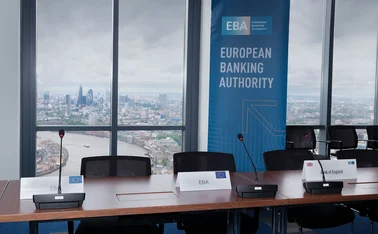
IMF: stricter ring-fencing creates greater incentive to build capital buffers

An IMF paper published in November shows that under stricter forms of ring-fencing, banking groups need substantially larger capital buffers at the parent subsidiary level than under less strict ring-fencing.
Ring-fencing refers to the restrictions on cross-border transfers of excess profits and capital between a parent bank and its subsidiaries when they are located in different jurisdictions. The paper's authors - Eugenio Cerutti, Anna Ilyina, Yulia Makarova and Christian Schmieder - analyse
Only users who have a paid subscription or are part of a corporate subscription are able to print or copy content.
To access these options, along with all other subscription benefits, please contact info@centralbanking.com or view our subscription options here: http://subscriptions.centralbanking.com/subscribe
You are currently unable to print this content. Please contact info@centralbanking.com to find out more.
You are currently unable to copy this content. Please contact info@centralbanking.com to find out more.
Copyright Infopro Digital Limited. All rights reserved.
As outlined in our terms and conditions, https://www.infopro-digital.com/terms-and-conditions/subscriptions/ (point 2.4), printing is limited to a single copy.
If you would like to purchase additional rights please email info@centralbanking.com
Copyright Infopro Digital Limited. All rights reserved.
You may share this content using our article tools. As outlined in our terms and conditions, https://www.infopro-digital.com/terms-and-conditions/subscriptions/ (clause 2.4), an Authorised User may only make one copy of the materials for their own personal use. You must also comply with the restrictions in clause 2.5.
If you would like to purchase additional rights please email info@centralbanking.com







